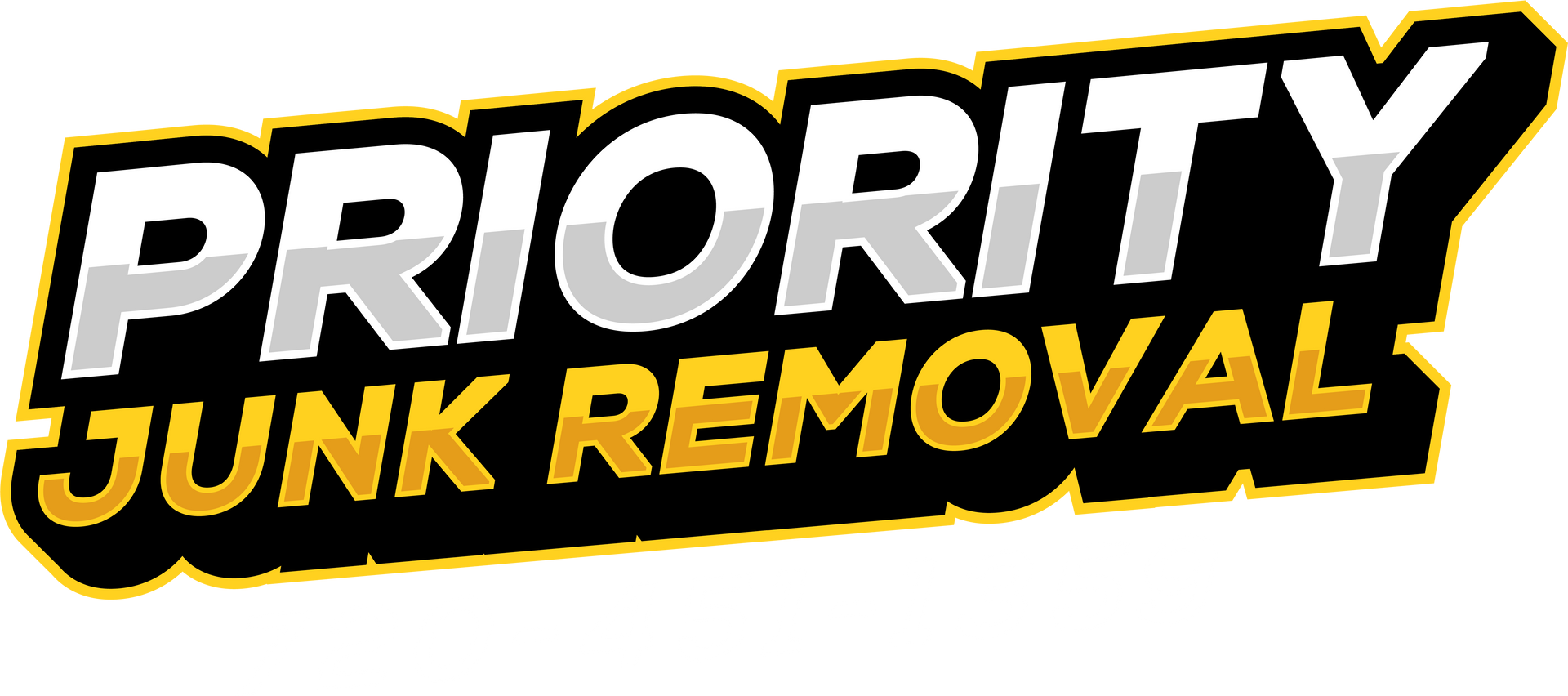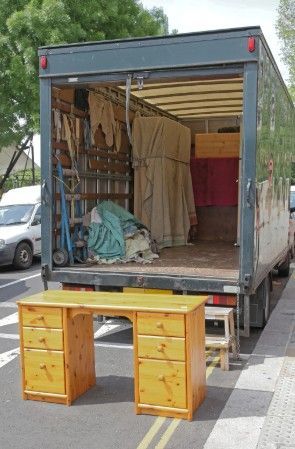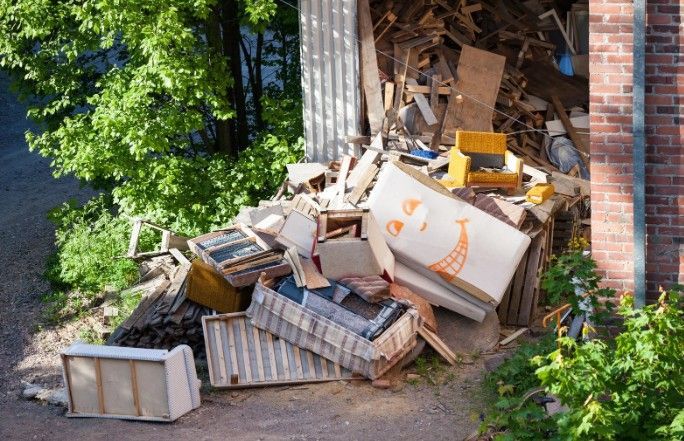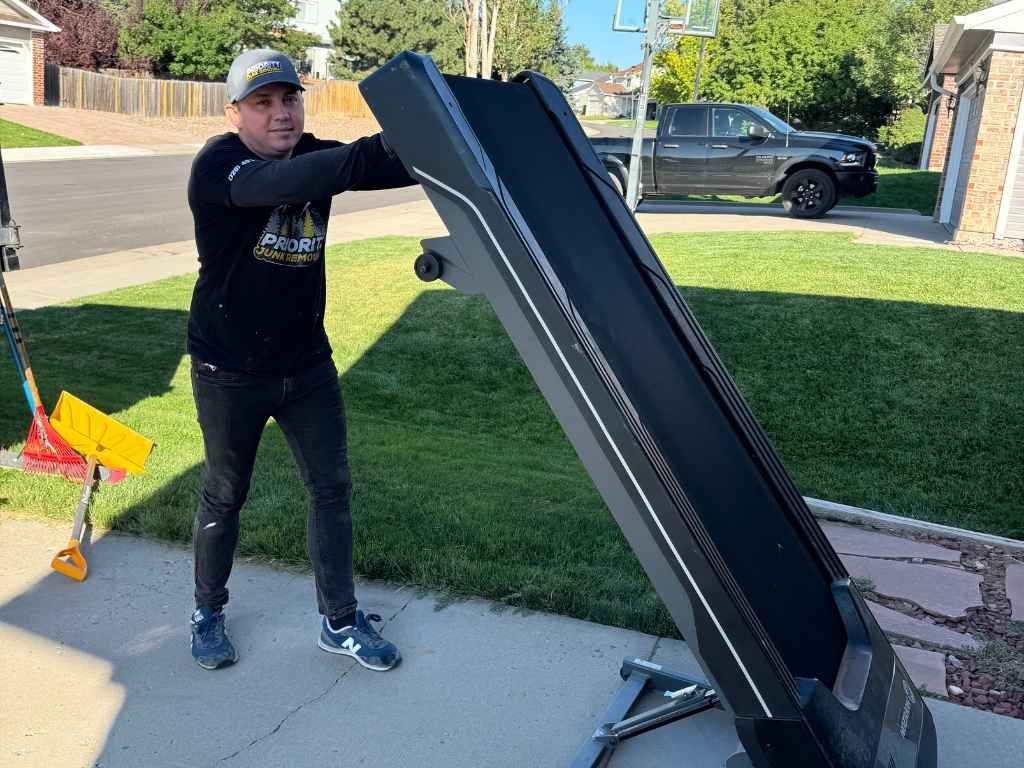Eco-Friendly Office Cleanouts: A Step-by-Step Guide
Office cleanouts aren’t just about clearing space—they’re part of a larger ripple effect that touches the planet. Every year, discarded electronics, surplus furniture, and outdated paper files accumulate into a silent storm of waste. Much of this clutter finds its way into landfills, leaching toxins and contributing to environmental degradation. That forgotten monitor or unused copier isn't just taking up space—it’s a missed opportunity for sustainable disposal.
Reclaiming an office’s footprint requires a mindset shift. Eco-friendly office cleanouts allow businesses to act responsibly while gaining efficiency. Instead of treating items as waste, it reframes them as potential resources for reuse, recycling, or donation. Making that shift takes intentional planning, and knowing where your junk ends up is just as important as getting rid of it in the first place. That’s where purpose meets action.
Planning the Greenest Office Cleanout Possible
Before the first drawer is emptied or monitor unplugged, a truly green office cleanout needs a clear, intentional plan. Skipping this phase can lead to chaos—recyclables in the trash, e-waste mixed with general junk, and missed opportunities to donate usable goods. Start by taking inventory and categorizing everything: what’s staying, what’s going, and what can be reused or repurposed. Create timelines and delegate tasks with sustainability in mind.
The next step is finding the right partners—haulers and recyclers who walk the eco-talk. Choose services that prioritize landfill diversion and have donation or refurbishment channels. Even small missteps, like tossing a dead mouse (the electronic kind), add up over time. But when you plan with purpose, every item is thoughtfully managed. That’s how a cleanout becomes more than a chore—it becomes an environmental milestone for your company.
Sorting the Right Way for a Cleaner Tomorrow
Sorting isn’t glamorous, but it’s the backbone of a sustainable cleanout. Once the decluttering begins, the true volume of forgotten, mismatched, and outdated items becomes clear. Tangled chargers, broken binders, cracked keyboards—it can feel overwhelming. But don’t let the chaos tempt you into quick dumps. Sorting is where your sustainability commitment shines. Electronics must be handled separately from plastics. Paper with sensitive data? Shred it responsibly. A tattered chair? Assess if parts can be salvaged.
This isn’t just about order—it’s about responsibility. Empower your team with sorting stations and clear labeling. Consider assigning "green captains" to oversee different zones. When done right, sorting uncovers surprising value and minimizes waste. One careful choice at the sorting table can prevent years of environmental harm. In every box is a chance to do better—don’t miss it.
Handling E-Waste with Responsibility and Foresight

Create a Master List of Devices
Begin by surveying the entire office and cataloging all electronic equipment—both visible and tucked away. This list should include computers, monitors, printers, phones, and even backup batteries. Having a comprehensive inventory not only prevents missed items but also helps prioritize what can be recycled, reused, or needs secure disposal.
Work With Certified E-Waste Recyclers
Partnering with a certified recycler ensures your electronics are dismantled safely and ethically. These professionals follow strict environmental protocols, breaking down devices to recover usable materials like copper, aluminum, and plastics. Certification also guarantees compliance with local regulations and avoids shady practices that could result in illegal dumping or data breaches.
Consider Donation for Working Devices
Many electronics still have life left in them. Instead of recycling immediately, evaluate whether older but functional devices can be donated. Schools, nonprofits, and startups often welcome tech donations. Be sure to check their requirements and ensure devices are in working order, offering an environmentally sound and socially impactful alternative to disposal.
Don’t Overlook the Accessories
It's easy to focus on big-ticket electronics, but smaller items add up fast. Power cords, external drives, mice, routers, and phone handsets can also be recycled. These accessories contain valuable components and materials that shouldn’t end up in landfills. Bag them up separately and include them in your e-waste recycling efforts.
Wipe All Data Securely Before Disposal
Before parting with any tech, data security must be top of mind. Use professional-grade software to wipe hard drives or destroy storage devices entirely. This protects your business from potential data leaks and identity theft. Even donated devices should be clean of sensitive information to ensure privacy and peace of mind.
Donating Furniture and Supplies Instead of Dumping
Office furniture often has more life left than we think. That gently used rolling chair or oversized conference table might seem like clutter, but to a school, nonprofit, or community group, it’s gold. Donating office furniture extends the lifespan of materials, reduces landfill waste, and supports those who need resources most. Take time to sort furniture by condition—what’s functional, what needs light repair, and what’s beyond salvaging.
Partner with organizations that accept used furnishings or use donation networks to match items with recipients. Supplies like pens, paper, binders, and even décor can also be donated. It’s more than decluttering—it’s redistributing. This conscious step transforms what could’ve been trash into tools that serve others. A chipped file cabinet might not look like much in your office, but placed in the right hands, it can still do good.
Choosing the Right Eco-Friendly Junk Removal Partner
Not all junk removal companies are created equal. If you want your office cleanout to be more than a glorified dump run, you need a partner that shares your environmental values. Eco-friendly junk removal teams go beyond hauling—they sort, donate, recycle, and responsibly dispose of every item. Ask about their process: Do they separate materials? Partner with donation centers? Follow local and federal e-waste regulations? Transparency is key.
You want a team that can back up its claims with clear metrics and practices. Don’t be afraid to ask for landfill diversion rates or recycling partnerships. This isn’t just about waste—it’s about reputation. Your company’s cleanout sends a message, and aligning with a green-minded crew shows clients and employees that you walk the talk. Together, you’re not just clearing space—you’re building sustainable impact.
Reducing Paper Waste Through Smart Shredding
Despite the digital age, paper still creeps into every office corner. And when it’s time for a cleanout, that stack of old proposals, outdated HR forms, or forgotten printouts becomes a mountain of potential waste. But don’t just toss it—shred it smartly. Partner with a shredding service that ensures both security and sustainability. Many offer closed-loop recycling, meaning your shredded paper becomes new products instead of landfill filler.
Better yet, digitize everything you can before cleanout day. Not only does this cut down on waste, but it also streamlines future operations. Even one cabinet of shredded and recycled paper saves trees, water, and energy. It’s not just cleanup—it’s conservation. Give your paper trail a proper, eco-friendly end—and let its next chapter be even greener than the last.
Engaging Employees in the Sustainability Mission
An office cleanout is a big lift—and it’s a whole lot easier when the entire team is on board. More than just extra hands, employees bring insight, enthusiasm, and ownership to the process when they understand its purpose. Host a kickoff meeting explaining the environmental goals and how each department can contribute. Create sorting zones and invite team members to “adopt” areas. Encourage green innovation—maybe someone knows a local nonprofit in need of your unused supplies, or has ideas for reusing boxes and bins.
Recognize and celebrate contributions along the way. A successful cleanout isn’t a top-down directive—it’s a collaborative mission. When employees feel part of the process, they become advocates for sustainability far beyond cleanout day. It’s not just about what’s leaving the office—it’s about the culture you’re creating inside it.
Avoiding the Landfill with Smarter Disposal Tactics
Landfills are the path of least resistance, but also the most damaging. Much of what fills them doesn’t belong there—especially during office cleanouts. Smart disposal tactics start with a simple belief: nearly everything can go somewhere better. Chairs with broken wheels? A repair shop might want them. Scratched whiteboards? Schools or youth centers often welcome them. Even outdated branding materials may be recyclable.
Partner with specialized recyclers and explore platforms that facilitate reuse or upcycling. Build a diversion directory that your cleanout team can reference. If landfill is the only option, it should be the very last one. Every item kept out of that waste stream is a win—for your business, your brand, and the planet. Rethink what’s “trash,” and you’ll discover just how much value lies in a smarter second chance.
Evaluating the Cleanout’s Environmental Success
Once the office is refreshed and everything’s been cleared out, it’s tempting to move on. But before you do, pause to evaluate the environmental success of your efforts. Track how many pounds of paper were shredded and recycled, how many items were donated, how much e-waste was properly handled, and how little ended up in landfills. This data not only shows progress—it reveals opportunities for future improvement.
Share these results with your team to reinforce the impact of their efforts. Celebrate wins, but also take note of hiccups. Maybe sorting could’ve been smoother, or donation pickups coordinated earlier. This post-mortem isn’t about nitpicking—it’s about refining. The next cleanout will be even greener because of it. Document what worked, build a sustainability report if possible, and let your office’s evolution become a replicable model of eco-conscious action.
Conclusion
An eco-friendly office cleanout is more than just a seasonal tidying session—it’s a thoughtful, strategic process designed to reduce waste, boost efficiency, and support a healthier planet. By sorting materials carefully, recycling what you can, and donating usable items, businesses can significantly cut down on landfill contributions. Engaging employees in the cleanout not only fosters teamwork but also raises awareness about sustainable practices in the workplace.
Partnering with a green-focused junk removal service ensures that items are disposed of responsibly and in line with environmental standards. Whether you're downsizing, relocating, or simply trying to create a more productive space, an eco-conscious cleanout is a step in the right direction. For sustainable office cleanouts in Littleton, call Priority Junk Removal at 720-451-1359 or email priorityjunkremoval@gmail.com to schedule your eco-friendly service.











